Collaboration for Himachal Pradesh Scientific Inventory of Seasonal Forest Products
02.04.24
About the Project
In the serene, verdant landscapes of Himachal Pradesh, a groundbreaking scientific initiative is underway spearheaded by the Bharti Institute of Public Policy (BIPP) at the Indian School of Business (ISB), Hyderabad, in collaboration with the Himachal Pradesh Forest Department (HPFD). Titled Himachal Pradesh Seasonal Forest Products Inventory, the project aims to catalogue and understand the region’s diverse seasonal forest products (SFPs) using the nCount technology.
Objective and Vision
This collaboration seeks sustainability and prosperity through a comprehensive inventory of selected SFPs, precisely assessing their distribution and abundance. Beyond resource mapping, the project will identify the revenue potential of sustainably managed products, thereby contributing to wealth generation, job creation, and the strengthening of rural livelihoods in Himachal Pradesh.
Combining traditional ecological knowledge with cutting edge technology, the methodology includes:
capturing high‑quality data via sensors mounted on satellites and drones;
conducting ground‑truthing to verify and enhance data accuracy; and
compiling scientific findings alongside traditional practices for sustainable extraction.
Innovative Methodology
The project is meticulously structured into two distinct phases:
1. Phase 1 (February–December 2024)
This phase is dedicated to identifying and modeling the distribution of SFPs. It is bifurcated into two tracks:
The first examines species that are gregarious and proximate to human habitation.
The second focuses on more elusive high-altitude species, necessitating extensive fieldwork for data collection.
2. Phase 2 (January–March 2025)
This phase is reserved for synthesising the data and insights from Phase 1 into a comprehensive report. This report will:
highlight the economic potential of selected SFPs in generating wealth, creating jobs, and securing rural livelihoods through scientific resource management;
identify high potential clusters for priority action;
suggest institutional mechanisms for tapping business opportunities via community based enterprises; and
recommend ways to integrate monitoring mechanisms into formal forest management systems.
A symposium will be organised to solicit expert feedback, after which the final report will be refined.
Phased Approach
The project’s outputs will include co-produced reports on the inventory of selected SFPs in Himachal Pradesh. These will be accompanied by high-resolution maps for each species, released continuously throughout the year. Additionally, efforts will be made to publicise these findings among relevant stakeholders. BIPP researchers will prepare papers for publication in high-ranking journals to highlight the collaborative knowledge produced.
This collaborative initiative represents a significant step forward in leveraging technology and traditional knowledge for sustainable forest management in Himachal Pradesh.
